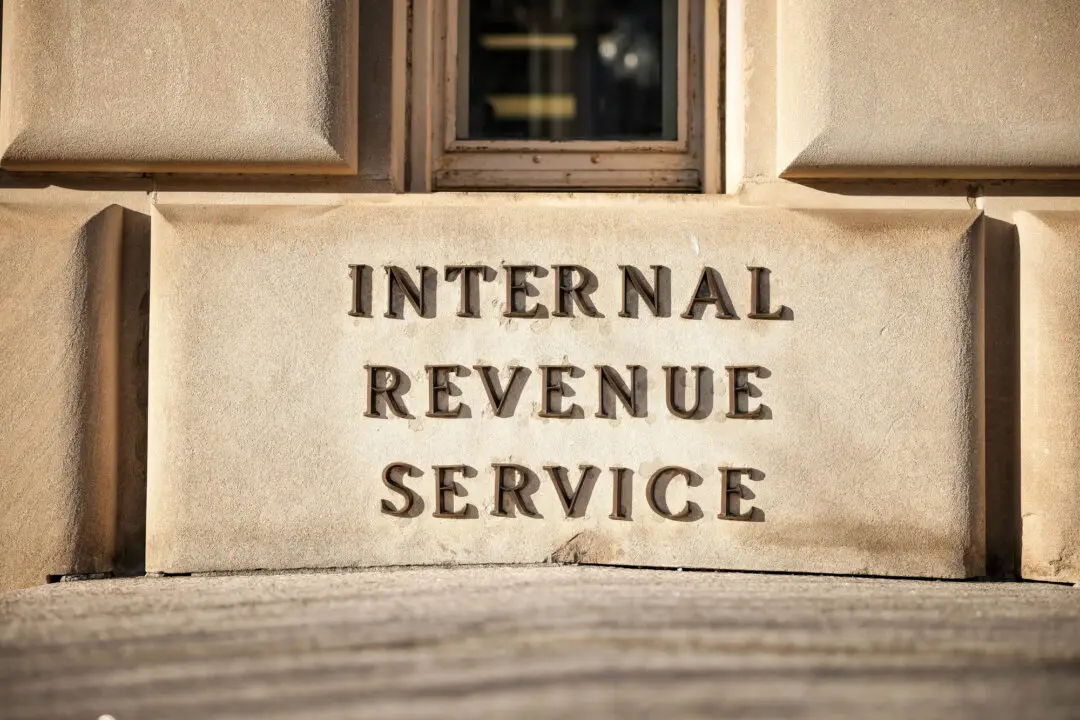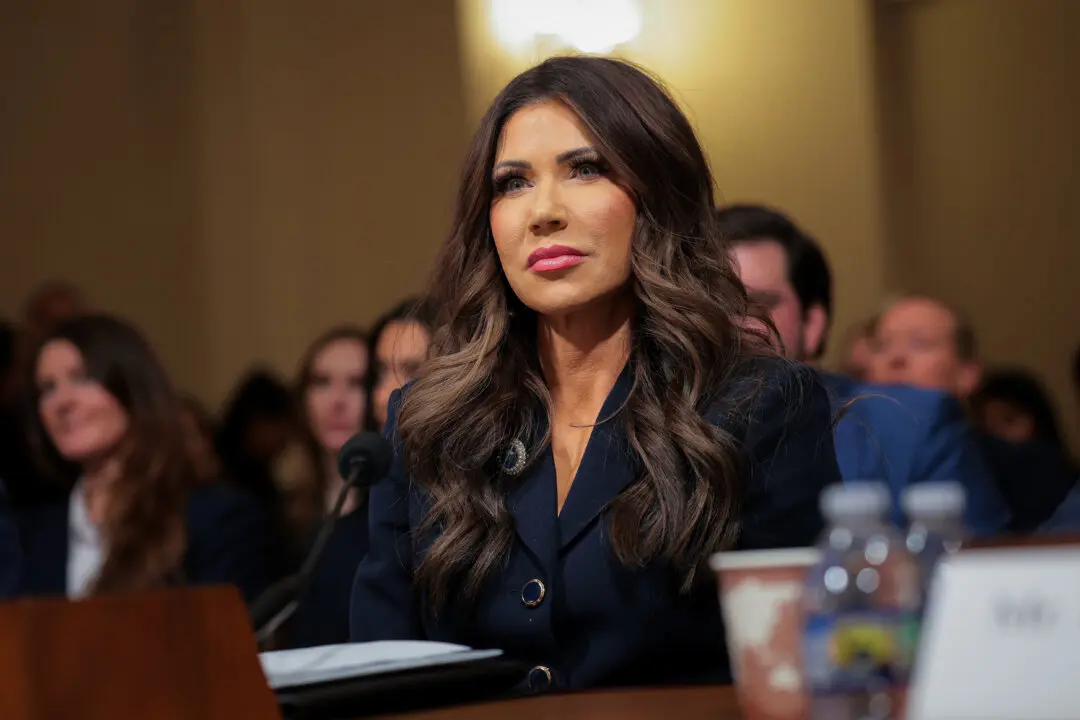U.S. consumer prices rose 2.5 percent year-over-year in January, official non-seasonally-adjusted figures show, representing the biggest such rise since October 2018 and supporting the Federal Reserve’s view that the economy continues along the path of expansion.
The Labor Department released its Consumer Price Index (CPI) numbers on Feb. 13, which show changes in how much Americans are paying for everyday items such as clothes and food.





